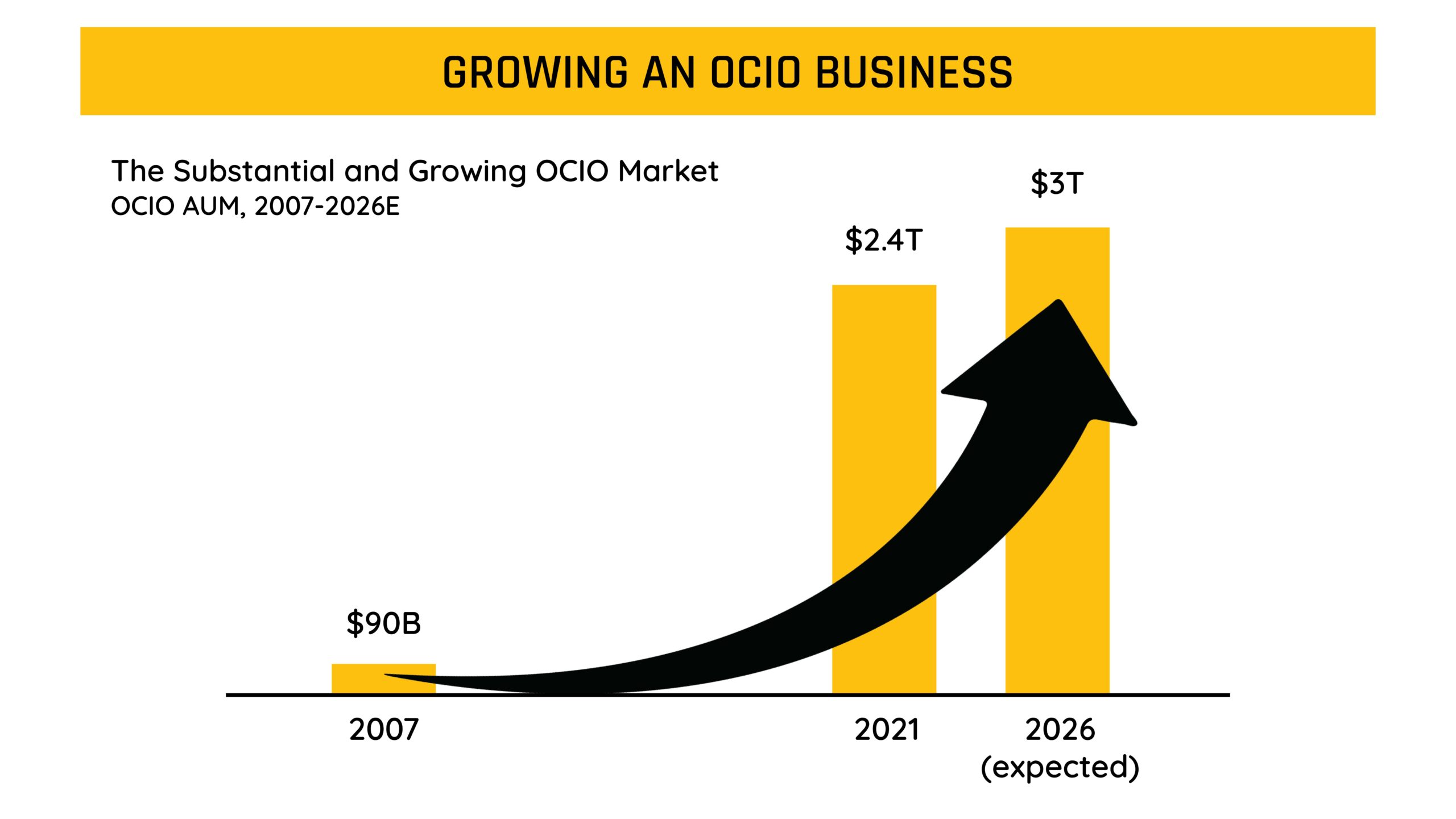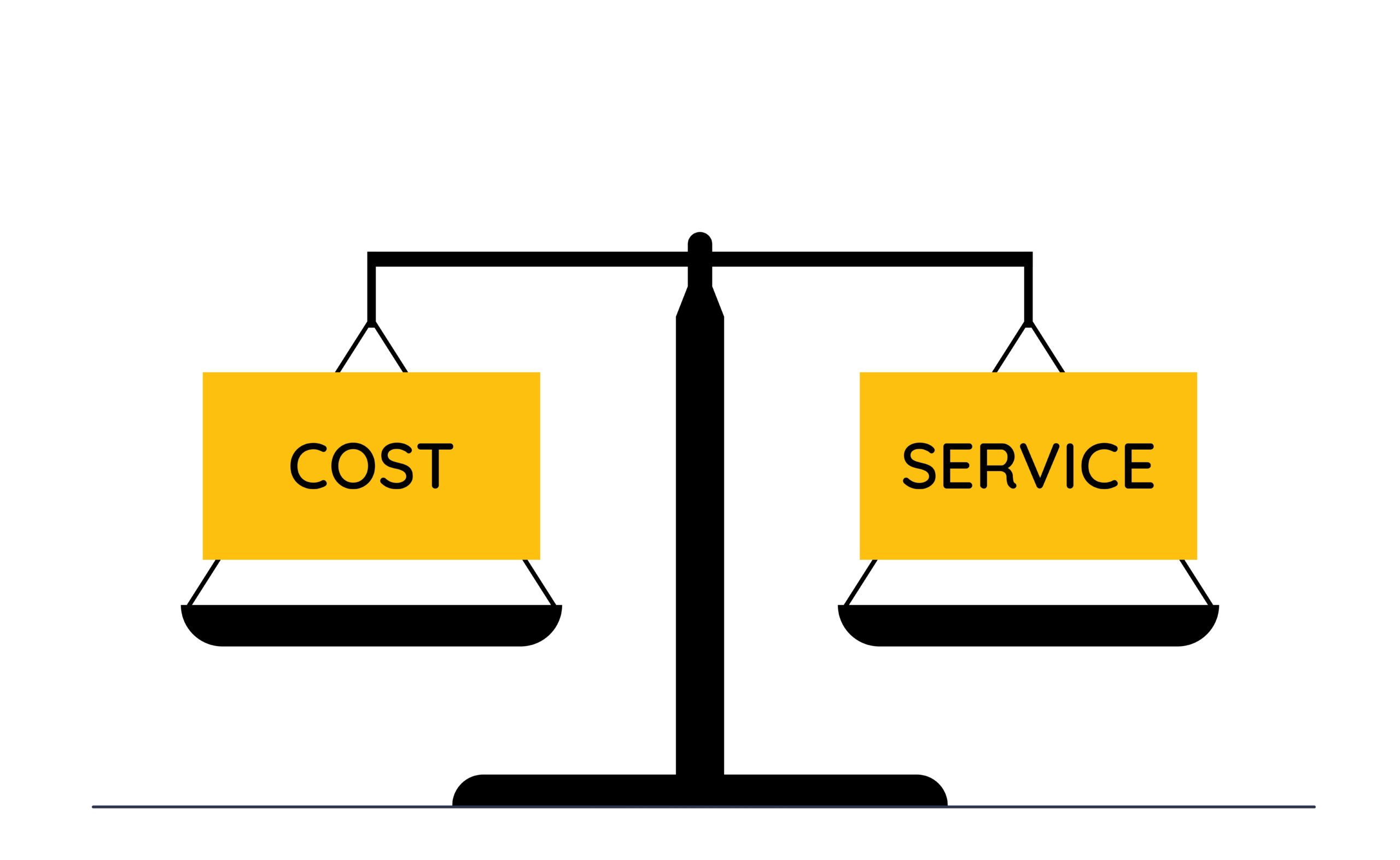
Flashback to thirty years ago: financial advisors only had a limited number of institutional investment strategists available to them. Instead of vetting those few, advisors would typically create a basic asset allocation from a group of mutual funds.
Suppose the advisor was fortunate enough to grow their business, its likely that the time available to research and properly allocate assets dwindles away. That’s the conundrum of an independent business owner wearing many hats.
With time came the creation of the outsourced strategist solution, where an advisor could hand over the keys of money management to a trusted third party by choosing an investment model managed by that strategist—problem solved, right? Not really.
Fast forward to today, with the exponential growth of TAMPs and the use of multi-model UMA solutions, financial advisors are faced with the question, “How do I decide which strategists to use? ”
The problem doesn’t end with a successful search! Even if an advisor is lucky enough to find 3 or 4 good strategists, the next obvious question is, “How do I combine these for a good client experience?”
In fact, we get this question so much, we hosted a webinar on April 2, 2024 to address this topic head on. If you’re interested, you can watch the replay here.
Deciding on a strategist can get in the way of an advisors’ passion for helping people with their financial well-being. Uncoordinated diligence can eat up as much time as doing the actual investment research in the first place, especially if you have thousands of choices!
There are simplified ways to get the answers you’re looking for, starting with the due diligence function. The need for good diligence on the strategists that an advisor uses can make or break the long-term client investment experience they are trying to create.
Outsourcing this function is relatively new to the independent advisor world. How does an advisor even start the process to find an Outsourced Chief Investment Officer (“OCIO”)?
It can be hard to know who to trust, but the best decisions always start with education. There is a myriad of blog posts, podcasts, and content discussing the validity of OCIO services for independent advisors on the internet. Still, most are often simply directing advisors to their own pay-to-play or subscription services.
Here are some key questions advisors should ask about the OCIO functionality and how it can impact their advisory business.
1. What services does an OCIO provide?
The big multi-strategist platforms typically offer, at a minimal entry level OCIO services.
Here are the possible services an OCIO can provide:
-
-
- Initial and ongoing due diligence of third-party investment strategists. Nearly all platforms provide this basic service. (Note: This diligence process is typically NOT shared with advisors. Their appearance on the TAMP assumes diligence was done successfully!)
- A custom and curated list of investment strategists and their models for each advisor’s need.
- Creation of blended optimal models based on the need of a specific advisor and/or their client.
-
There are typically additional fees associated with each added service. These additional services can be a considerable value proposition for an individual advisor.

2. Who provides OCIO services?
There are huge firms like PNC, Mercer, and Russell. These primarily focus on the Defined Benefit, Non-Profit, and Municipal spaces, where OCIOs have been commonplace for decades.
The concept of an OCIO for individual advisors has recently risen in popularity because advisors are demanding it. They simply don’t have the time or expertise to devote to this requirement.
I’m letting you in on some little secrets in our business —
-
-
- Most advisors don’t have access to the tools for diligence.
- Most advisors have not been trained on how to complete a due-diligence process on the investment strategists or models available in a TAMP.
- Many TAMPs don’t even provide data beyond the last ten years for strategist models—leaving substantial insight in the dark. (The year 2008 to be exact.)
-
The primary source of OCIO services for individual advisors is still multi-strategist TAMPs. When I first wrote down my thoughts on the value of an OCIO, I fully expected there would be smaller firms that focused on this process for advisors – but our industry just wasn’t there yet.

3. How does an OCIO benefit an individual advisor’s business?
The two biggest reasons individual advisors should use OCIO services are to harness their expertise and avoid wasting precious time.
As most platforms have hundreds of strategists to choose from, advisors realize that trying to find an outsourced investment strategist is like watching the rainbow spinning wheel of death. It’s futile.
The rise in OCIO services for individual advisors is correlated to the rise in the use of TAMPs and the need for advisors to have an objective and consistent due-diligence process to satisfy their fiduciary responsibilities.
In fact, it’s one of the reasons we created Insight by Potomac.

Source: Pensions and Investments, Cerulli Associates
The SEC often focuses on the connection between suitability and the investment solution provided. With the rise in advisors using multiple strategists, the reasoning for the combinations of models is being called into question too. Our Chief Compliance Officer has been writing about upcoming rules change here, look for an upcoming blog on the topic in the weeks to come.
Having an OCIO to work with and provide the diligence and reasoning behind these model combinations can reduce the stress of defending these critical investment decisions.

4. What is the OCIO process for finding and combining strategists?
Each OCIO will have their own process. However, there will be many common components within the qualitative and quantitative reviews.
Qualitative factors should include things like firm structure, communication, and program design.
From a quantitative standpoint, it’s all about the numbers. Understanding the context of the risk vs. reward (maximum drawdown vs. return) and client experience is critical for this part of the review. It’s also the validation of the qualitative factors for that strategist and model.
OCIOs typically use research tools like Morningstar, Zephyr, Orion Risk Intelligence (formerly HiddenLevers), AdvisoryWorld, or YCharts. The cost typically runs from a few thousand to upwards of $20k+ each year just for the software!
Unless, of course, you use Guardrails.
Again, we will discuss this very topic in the aforementioned webinar.
5. What do OCIO services it cost?
OCIO services that are provided within a multi-strategist TAMP can be included in the cost of using the TAMP. This is often considered part of the platform fee charged to each client.
When outsourcing directly to an OCIO, the costs vary dramatically. There is no easy answer or even a range.
The quantitative software alone can cost thousands each year. Unless an advisor is willing to put a ton of time into the equation, they won’t get any magic answers from software or the qualitative variables. So, refrain from using the magic 8-ball for a solution, because “the outlook not so good.
An OCIO will typically charge based on performance, AUM, or services rendered. Whatever route you take, please make a thorough comparison of cost vs. service is done.

What is the future of OCIO services for advisors?
As the TAMP business continues to scale, hands-on OCIO services are increasingly allocated to larger RIA firms. At the same time, individual RIA owners with less than $50M AUM struggle to justify the expense of hiring an OCIO.
This is where boutique TAMPs focused on the small to mid-size RIA space can make a difference.
When the subject of scale isn’t an issue, smaller TAMPs can offer:
-
-
- In-depth due diligence on all strategists, both initial and ongoing.
- Transparency into the results, insights, and processes behind the reviews.
- Ability to create a custom and curated strategist list.
- Expertise to create custom model combinations beyond just equal weighting.
-
It simply comes down to where your business fits on the TAMP totem pole.
The less AUM you have, the more likely you will be relegated to the standard pre-built allocation set, which isn’t necessarily a bad thing if diligence and/or reasoning is provided.
However, for those advisors craving granular customization, then the handholding of an OCIO will be critical.
That is why OCIO services are baked into everything we do here at Potomac. We provide this expertise to a variety of advisors who use our Strategies through various industry platforms.
If you’d like to learn how Potomac fills this role, we invite you to connect with us.

Potomac Fund Management ("Company") is an SEC-registered investment adviser. SEC registration does not constitute an endorsement of the advisory firm by the SEC nor does it indicate that the advisory firm has attained a particular level of skill or ability. This information is prepared for general information only and should not be considered as individual investment advice nor as a solicitation to buy or offer to sell any securities. This material does not constitute any representation as to the suitability or appropriateness of any investment advisory program or security. Please visit our FULL DISCLOSURE page. The company does not make any representations or warranties as to the accuracy, timeliness, suitability, completeness, or relevance of any information prepared by any unaffiliated third party, whether linked to the Company website or incorporated herein, and takes no responsibility for any of this information. The views of the Company are subject to change and the Company is under no obligation to notify you of any changes. Different types of investments involve varying degrees of risk, and there can be no assurance that the future performance of any specific investment or investment strategy will be profitable or equal to any historical performance level.
PFM-612-20240320
